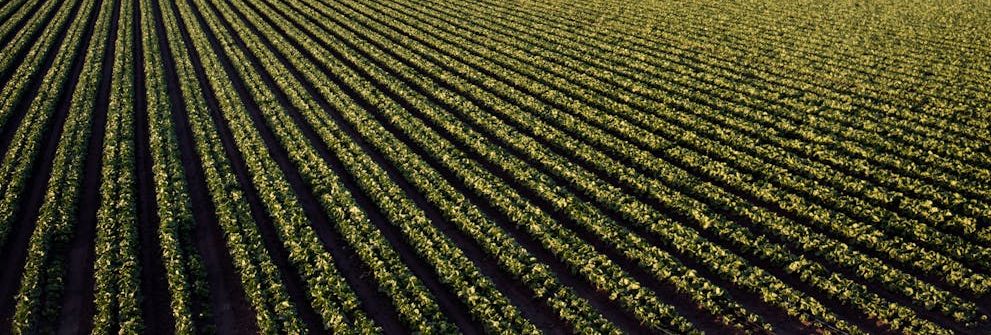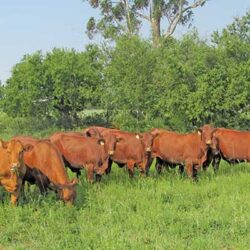South African farmers, particularly smaller commercial operators, are facing a stark reality: clinging to marginal soils in the face of soaring input costs is a recipe for financial disaster. Agronomist Rinus de Bruin of NWK has issued a blunt warning, urging producers to embrace a new era of strategic land management and risk mitigation.
The global agricultural landscape is fraught with challenges – volatile commodity prices, extreme weather events, and relentless inflationary pressure on essential inputs. According to McKinsey & Company’s Global Farmer Insights 2024 report, the imperative for farmers worldwide is clear: boost productivity or face the consequences.
De Bruin, writing in NWK Arena, highlights the disproportionate burden faced by smaller commercial farmers. Lacking the financial muscle of their larger counterparts, they are acutely vulnerable to the relentless upward trajectory of input costs, particularly fertilizer and fuel. This vulnerability is compounded by their reliance on maximizing yields to remain viable, a precarious strategy when operating on lower-potential soils.
Fertilizer and Fuel: The Twin Burdens
The numbers paint a grim picture. Fertilizer prices, despite fluctuations, have exhibited a long-term upward trend. Between July 2023 and July 2024 alone, prices for crucial inputs like MAP surged by a staggering 27.4%, while KAN and urea each rose by 5.8%. These increases translate to a significant financial strain on farmers striving to maintain profitability.
Fuel, another critical input, continues to exert a heavy toll, especially on farms adhering to conventional tillage practices. While the year-on-year increase of 18.67% may seem moderate, the sheer volume of diesel consumed in agricultural operations ensures it remains a major expense. Adding to the burden are the escalating costs of equipment repair and maintenance, which can account for a staggering 80% of fuel expenditure.
Labour Costs and Climatic Uncertainties
Labour costs, exacerbated by rising minimum wages and stringent labour regulations, further compound the financial pressures. Many farmers have already downsized their workforce, but the relentless upward trend continues.
Climatic uncertainties, particularly the unpredictable nature of El Niño and La Niña, add another layer of complexity. Dry seasons, while potentially driving up commodity prices, pose a significant risk of crop failure on marginal soils. Conversely, abundant rainfall, while boosting yields, often leads to price declines, eroding profit margins.
A Strategic Shift: Prioritize High-Potential Land
De Bruin’s message is unequivocal: continuing to cultivate marginal soils is an unsustainable practice. He advocates for a strategic shift, urging farmers to focus their resources on high-potential land, where yields are more reliable and profit margins more robust.
“It makes economic sense to avoid the high costs of production on medium- and low-potential soils and rather invest the money saved in this way to improve the medium-high and high-potential soils,” he argues.
Lower-potential land, he suggests, should be repurposed for high-quality pasture, supporting a livestock component that can serve as a buffer against crop failures.
Precision Farming and Crop Diversification
De Bruin emphasizes the importance of precision farming. Understanding soil potential, employing variable-rate application, and leveraging technology are crucial tools for mitigating risk. He also stresses the importance of crop diversification, urging farmers to select crops suited to prevailing climatic conditions.
“Every section of a farm should be managed optimally,” he asserts, advocating for a holistic approach that integrates livestock and crop production.
The Bottom Line: Align Returns with Rising Costs
Ultimately, farmers must recognize that rising input costs necessitate a corresponding increase in returns. Maintaining profitability requires a relentless focus on efficiency, strategic land management, and a willingness to embrace innovation. The days of cultivating marginal soils are over; the future belongs to those who adapt and thrive in a challenging agricultural landscape.




